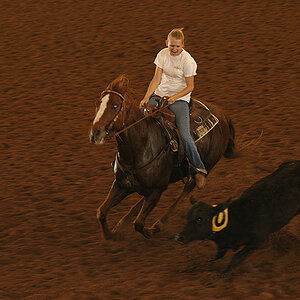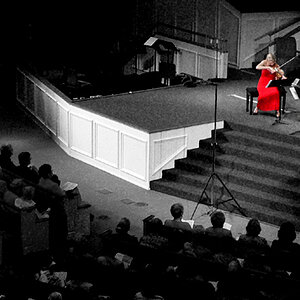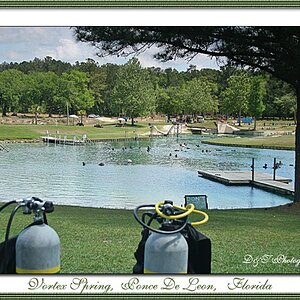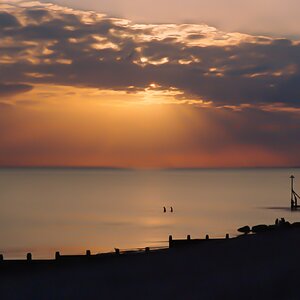- Joined
- Jun 4, 2010
- Messages
- 2,176
- Reaction score
- 1,654
- Location
- Wisconsin, United States
- Can others edit my Photos
- Photos OK to edit
I often see many stunning B&W conversions, and I try and try, but can never get quite the same results. I guess my question relates to the order of Post Processing using specific features and in a specific order that as a whole give you the best results.
For example; Should I take the RAW file, and convert it to B&W right off the bat. Then make the remaining light, and other adjustments after the image has already been converted. OOOOOR, Do you make all your edits to the original color image all the way to the point of having a finished product. Then, as a last step, convert it to B&W.
I guess I'm looking for a "best practices" rule of thumb. Convert the photo first, then do the edits to the converted file. Or, do the edits to the color photo, then convert the finished product to B&W.
I could see how either method could have both advantages and disadvantages, so what do you guys do when converting to B&W?
For example; Should I take the RAW file, and convert it to B&W right off the bat. Then make the remaining light, and other adjustments after the image has already been converted. OOOOOR, Do you make all your edits to the original color image all the way to the point of having a finished product. Then, as a last step, convert it to B&W.
I guess I'm looking for a "best practices" rule of thumb. Convert the photo first, then do the edits to the converted file. Or, do the edits to the color photo, then convert the finished product to B&W.
I could see how either method could have both advantages and disadvantages, so what do you guys do when converting to B&W?


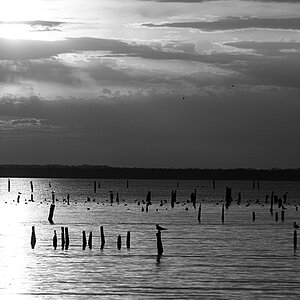
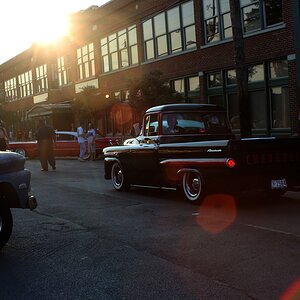

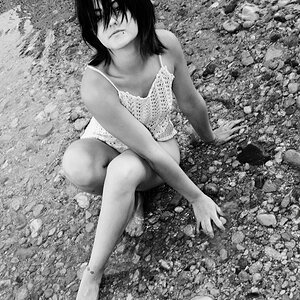
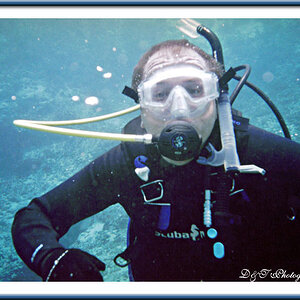
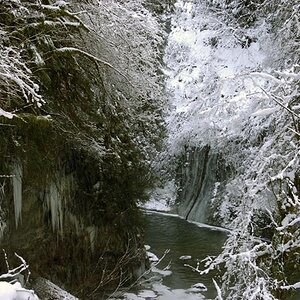
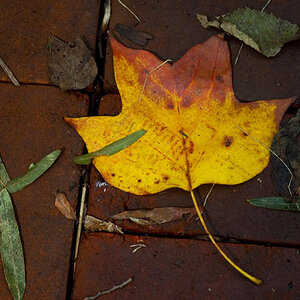
![[No title]](/data/xfmg/thumbnail/31/31755-9bffabfa76f6307bcd78f535b2421cb5.jpg?1619734993)
